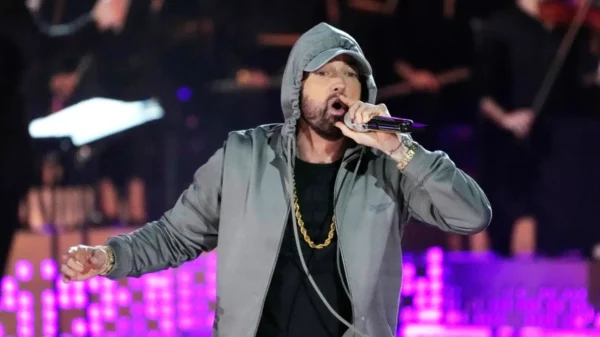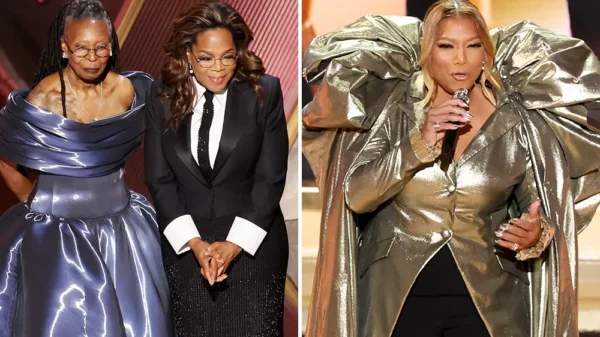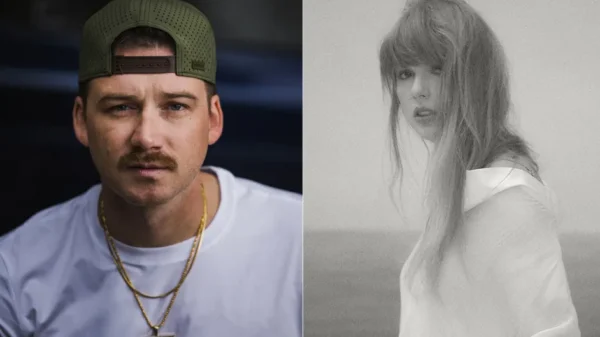Introduction
Human beings are complex creatures, filled with a myriad of emotions, thoughts, and experiences. This complexity is often reflected in the characters we encounter in literature, film, and other forms of storytelling. Multifaceted characters not only captivate our attention but also provide us with a deeper understanding of the human condition. In this article, we will delve into the world of complex personalities and explore the importance of multifaceted characters in storytelling.
The Significance of Multifaceted Characters
Characters with multiple layers and dimensions bring depth and realism to any narrative. They allow us to see different aspects of the human experience and challenge our preconceived notions about people. Multifaceted characters often possess conflicting traits, making them relatable and intriguing. They can be both heroic and flawed, kind-hearted yet selfish, or confident yet vulnerable.
By presenting characters with complex personalities, storytellers create opportunities for character development and growth. As readers or viewers, we become invested in the journey of these characters, eagerly anticipating how they will navigate their internal conflicts and overcome external challenges.
Characteristics of Multifaceted Characters
There are several key characteristics that define multifaceted characters:
- Depth: Multifaceted characters have depth, meaning they possess a rich inner life and are not one-dimensional. They have a history, motivations, and desires that drive their actions.
- Contradictions: These characters often exhibit contradictions in their behavior, beliefs, or values. This adds complexity and realism, as it mirrors the contradictions we often find within ourselves.
- Growth: Multifaceted characters undergo personal growth and change throughout the story. They learn from their experiences, confront their flaws, and evolve as individuals.
- Empathy: These characters evoke empathy from the audience. Their struggles and vulnerabilities resonate with us, allowing us to connect with them on a deeper emotional level.
Examples of Multifaceted Characters
Let’s take a look at a few examples of well-known multifaceted characters:
- Scarlett O’Hara from “Gone with the Wind”: Scarlett is a complex character who is both admired and disliked by readers. She possesses strength, resilience, and determination but is also selfish and manipulative. Her multifaceted nature makes her a compelling protagonist.
- Severus Snape from the “Harry Potter” series: Snape is initially portrayed as a villain but is later revealed to have a complex backstory and motivations. His multifaceted nature challenges readers’ perceptions and adds depth to the narrative.
- Walter White from “Breaking Bad”: Walter White starts as a mild-mannered chemistry teacher and transforms into a ruthless drug lord. His journey from protagonist to antagonist showcases the complexities of human nature.
The Impact of Multifaceted Characters
Multifaceted traits have a profound impact on storytelling. They allow us to explore the gray areas of morality, challenge stereotypes, and question our own beliefs and biases. By presenting characters with complex personalities, storytellers encourage us to reflect on our own humanity and understand that people are not simply “good” or “bad,” but a combination of both.
Furthermore, multifaceted characters can inspire and empower us. Their struggles and triumphs remind us that we are all capable of growth and change. They provide us with a sense of hope and encourage us to embrace our own complexities.
Conclusion
Multifaceted traits are an integral part of storytelling. They enrich our understanding of the human experience, challenge our assumptions, and provide us with a deeper connection to the narratives we consume. By exploring the complexities of characters, we gain insight into ourselves and the world around us. So, the next time you encounter a multifaceted character, take the time to appreciate their depth and embrace the opportunity to explore the intricacies of the human psyche.




































